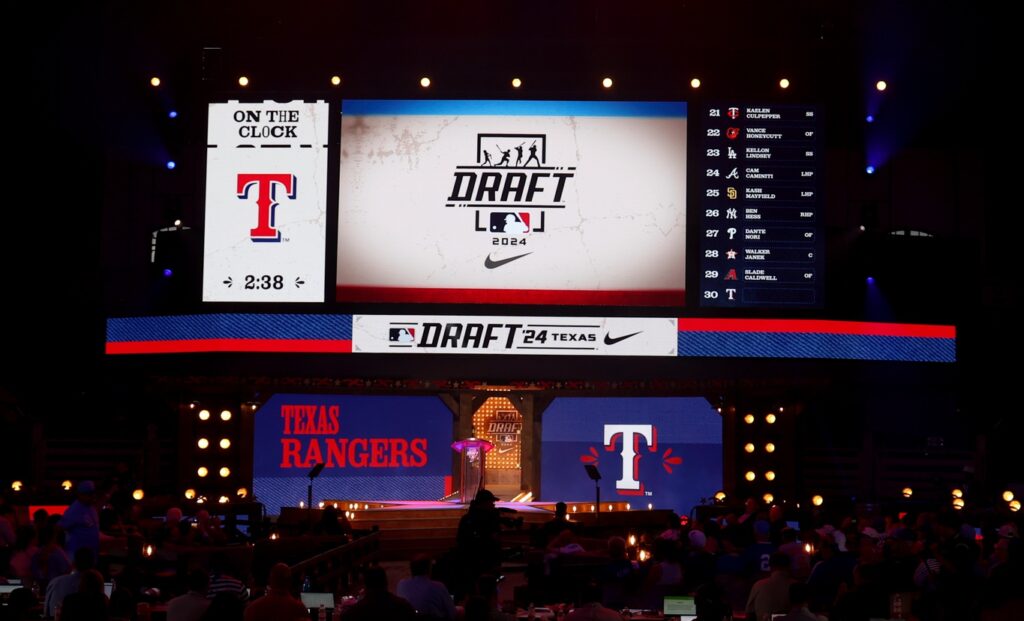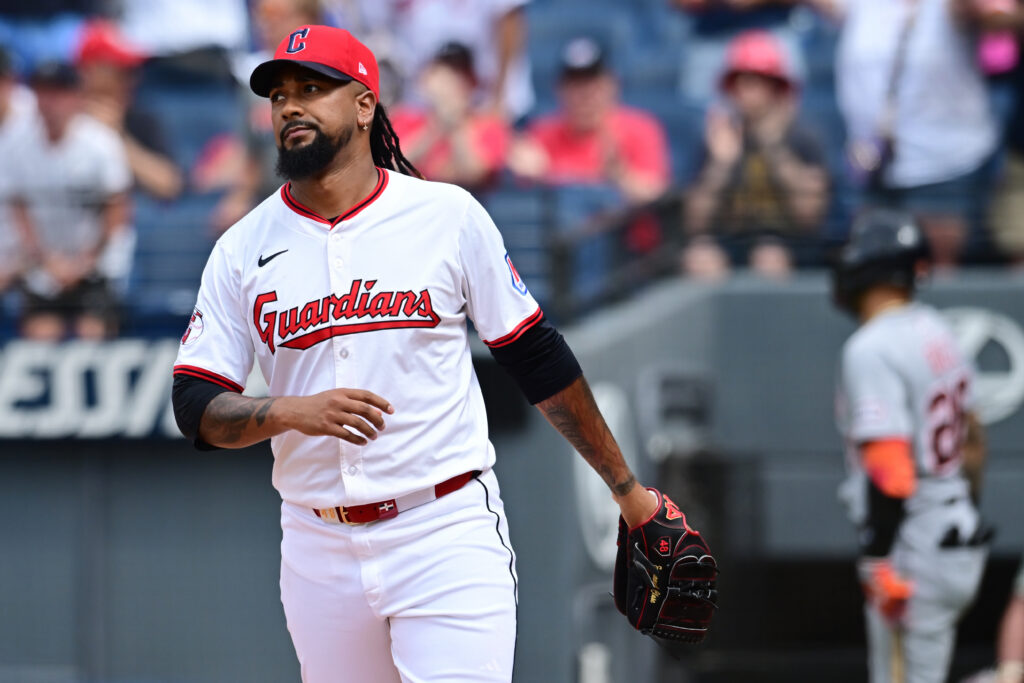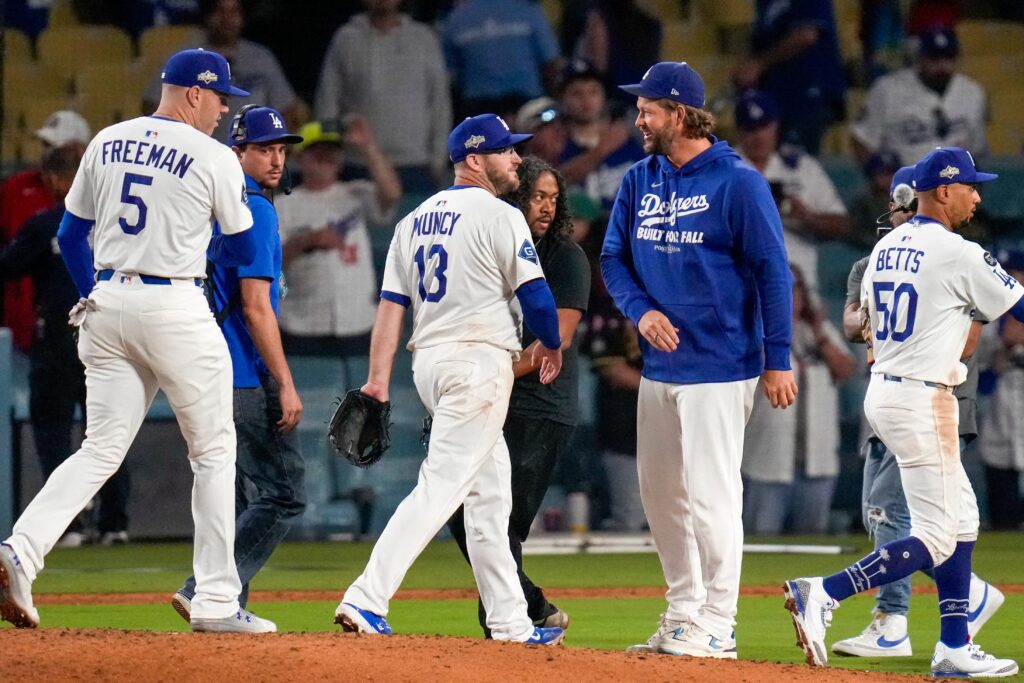The 2024 MLB Draft has officially come to an end, and although the fireworks happened on night one, a lot of impactful selections were made in the following rounds. I’ve said it time and time again – the back half of the draft is where teams have the opportunity to create organizational depth and really take some chances on players who may turn heads at some point. In the first round, we saw how the approach to amateur baseball has changed. 50% of the players selected in the first round were college bats. That is a number that hasn’t been reached in years.
We typically see high school players with the highest upside go very early on in the first round, but with how advanced the college game has become, college bats have become safer bets. We’ve seen the result of that with a lot of MLB teams in how they are promoting their prospects quicker and quicker – specifically, the ones chosen from the collegiate class. With all of that being said, the college bats were the hot commodity early on, but you could see how the approach shifted to pitching and the prep class later on. There are a few players I want to highlight that I think have a solid shot at making a difference at the next level.
Recapping the Second Half of the MLB Draft
Second round standouts
- The top end of the high school pitching class was thin, especially after LSU commit William Schmidt pulled his name from the draft hours prior. To everyone’s surprise, Cam Caminiti, left-handed pitcher out of Saguaro High School in Arizona landed in the Braves laps with the 24th overall pick as the first high school arm off the board. Kash Mayfield, another lefty out of Elk City High School went to the Padres with the next pick. With Schmidt out, that left Ryan Sloan, a right-hander out of York High School in Illinois, as the remaining consensus top high school arm. However, Sloan would fall to the Seattle Mariners in the second round as the 55th overall pick. Sloan had the potential to be the first high school arm off the board, how did he fall midway into the second round? In my first mock draft, I had the Mets taking him with the 19th overall pick while MLB Pipeline had him ranked as their #19 overall draft prospect. As a Wake Forest commit, Sloan’s price tag was probably steep. That was made apparent after the Mariners took him for $1M+ over slot at $3M. After his name was still on the board at the conclusion of comp round A, some had speculated if he would pull his name and opt to attend Wake Forest. However, the Mariners took their shot with him and the Mariners don’t miss all that often on arms. Much of the industry feels that Sloan is the perfect fit in Seattle. At 6’4″ and 220 pounds, Sloan can bring it anywhere up to 99 mph. He pairs the fastball with a hard slider along with a changeup he can get over for strikes. This looks like a pick we’ll look at down the road and wonder why so many teams passed on dishing out the money for him. Paired with Jurrangelo Cijntje, it’s hard not to see the Mariners as winners in this one.
- Jonathan Santucci is another pitcher, this time from the college class, that I was high on early on but fell into the second round. The lefty out of Duke University ended up with the New York Mets with the 46th overall pick. Santucci was MLB Pipeline’s #37 overall draft prospect while I liked for his name to be called 22nd to the Orioles in my first mock draft. Santucci features a mid-90s fastball that plays up due to its ride and flatter approach angle. He also has a slider which is his main secondary and has a changeup in the works I would imagine the Mets plan to develop. There was concern with his control which is likely what caused his drop, but he had an impressive track record in striking out hitters as early as his freshman year at Duke. His easy delivery leads scouts to believe he can iron out his control issues and become a mid-rotation starter at the big league level as his stuff gets even better with time. Santucci’s name had been linked to the Mets even as a first-round pick, but they opted for the 5-tool star out of Oklahoma State, Carson Benge. The fact that they were able to land him later on and sign him for less than what they would have gotten him in the first round is a huge win for the Mets.
More college bats off the board
- Perhaps the biggest name still on the board heading into day two of the draft was Dakota Jordan, an outfielder out of Mississippi State. Jordan was a fringe first-rounder that was earning a lot more buzz as the draft approached. I originally had him mocked at 25th overall to the Padres but he did fall out of the first round in my final mock draft. However, I did not see him falling to the fourth round as the 116th overall pick to the San Francisco Giants. There were plenty of concerns about his contact abilities. Jordan struck out a lot more than all of the hitters likely to go within the first two rounds, but he made up for it with a lot of power. A lot of scouts believed he had the best bat speed in the draft and it translated to a good amount of game power. His plate discipline was a concern coming into the 2024 season but got a lot better as the season progressed, giving him a lot more chances to mash pitches in the zone. He’s a plus athlete as well, earning a 60-grade run tool, 50-grade glove, and 50-grade arm, likely landing him in center field at the next level. Why he fell this far is a mystery to me and a lot of people, so I would imagine the Giants feel pretty good about landing Jordan.
- I’ve said enough about teams landing players that fell down the board, so now it’s time for an underrated player that a team took a chance on. Staying in the fourth round, the Brewers selected Marco Dinges, an outfielder out of Florida State. I watched a lot of Dinges during the NCAA playoffs and wondered why I hadn’t heard his name more in the draft discussion. He hit right in the heart of the Seminoles order en route to a College World Series appearance, posting a line of .323/.415/.583 with 15 home runs. What I liked most about his offensive profile was his ability to drive the ball in the air to all fields. His raw power is believed to be at least above average while he still has some room to get bigger and stronger. The biggest knock on his overall profile is his defensive home. He hit out of the DH spot a lot this spring but has experience behind the plate. If the Brewers can find a way to develop his skills as a catcher – which is why I believe they took a chance on him here – Dinges can be an underrated steal of this year’s draft.
So who won this year’s draft?
Declaring “winners” of a draft doesn’t have much meaning, especially in the MLB draft, considering a majority of these players either won’t sign deals with the team they were drafted by, or they won’t ever see big league action. That’s the case every year for every team, and that’s just the nature of the beast. Success rates with draft picks are low, so it really comes down to how well these organizations are at developing the talent they bring into their system. What we can do is take a look at each team’s draft class and formulate a guess on which team will set themselves up for the best future possible. When doing that, it’s hard not to say the Cleveland Guardians are your “winners.” Sure they had the first overall pick, but they came in with a specific strategy and seemed to nail it right on the head. They saved money with an under-slot deal with Travis Bazzana which allowed them to save money and really lean into their strategy later on in the draft to create that organizational depth I’ve mentioned time and time again. Their next four picks were all players that were on my personal radar – RHP Braylon Doughty out of Chaparral High School in California, catcher Jacob Cozart out of NC State, RHP Joey Oakie out of Ankeny Centennial High School in Iowa, and LHP Rafe Schlesinger out of Miami. Cozart was one of my top five catchers while Doughty and Oakie were both pretty high up the board among high school pitchers, and Schlesinger was one of the most underrated collegiate pitchers in the draft. They also managed to land Chase Mobley, RHP out of Durant High School in Florida, with the 295th pick in the 10th round after he was ranked 80th overall by MLB Pipeline. The big question is if they will be able to sign all of these guys. If they do, that will be the cherry on top to a very successful draft. The Guardians’ bread and butter as an organization is pitching development, and 15 of their 20 picks were pitchers. Pitchers actually have a lower success rate than hitters, but when you take them at the rate the Guardians just did, paired with their ability to develop arms, it’s hard to see this class as a failure.
What’s next for all of these prospects? The ones that sign will head off to their organizations’ complex league team, whether that is in Arizona or Florida. Most players drafted either will stick around there until 2025, while a lot of the higher-end prospects may see low-A, high-A, or even double-A action before the conclusion of the minor league season. As I’ve said before, the college class in particular has become easier to fast-track through the minor leagues, so I would encourage you to keep an eye on these players before dismissing them until they get the call to the big leagues three to four years down the road. Paul Skenes, who just happened to start on the mound for the National League all-stars on Tuesday night, was a first-overall draft pick just over a year ago, while guys like Wyatt Langford and Nolan Schanuel are also guys making an impact at the big league level not even a year later. If you have any opinions on this year’s draft or want to share how you feel your team did, feel free to leave a comment below!
Main Image: Kevin Jairaj-USA TODAY Sports



